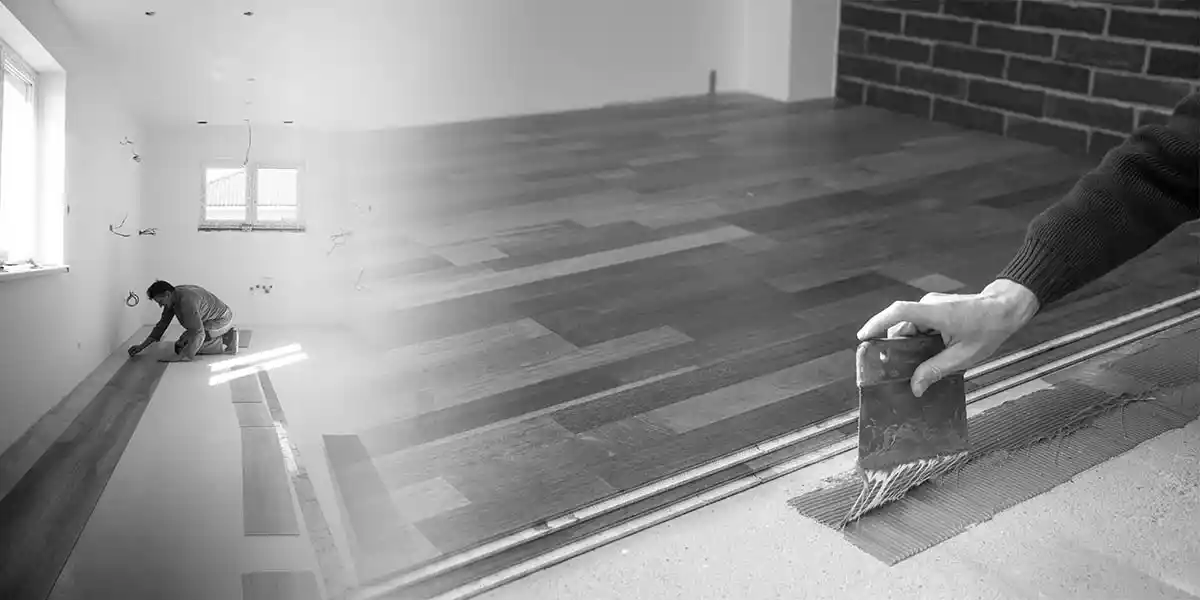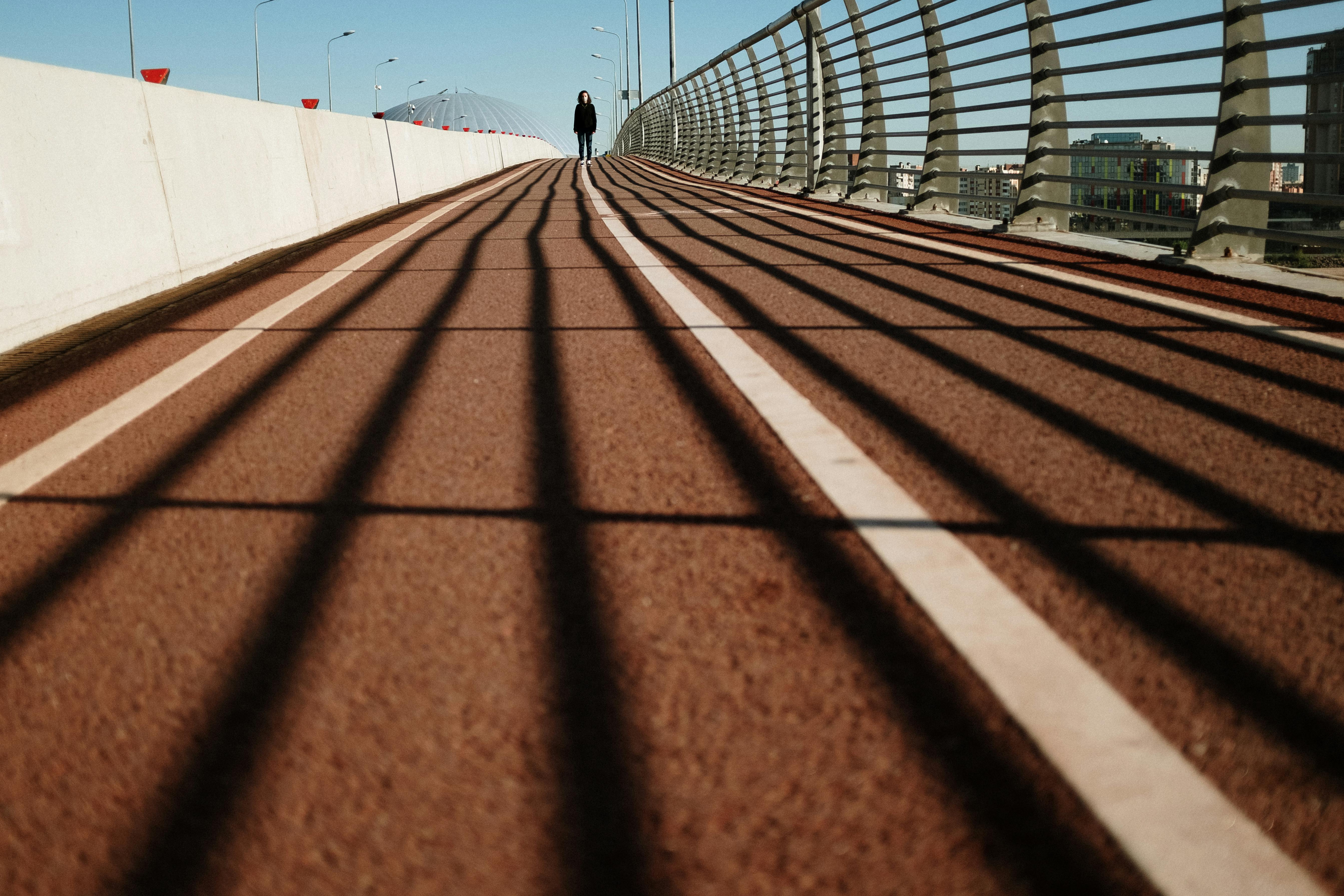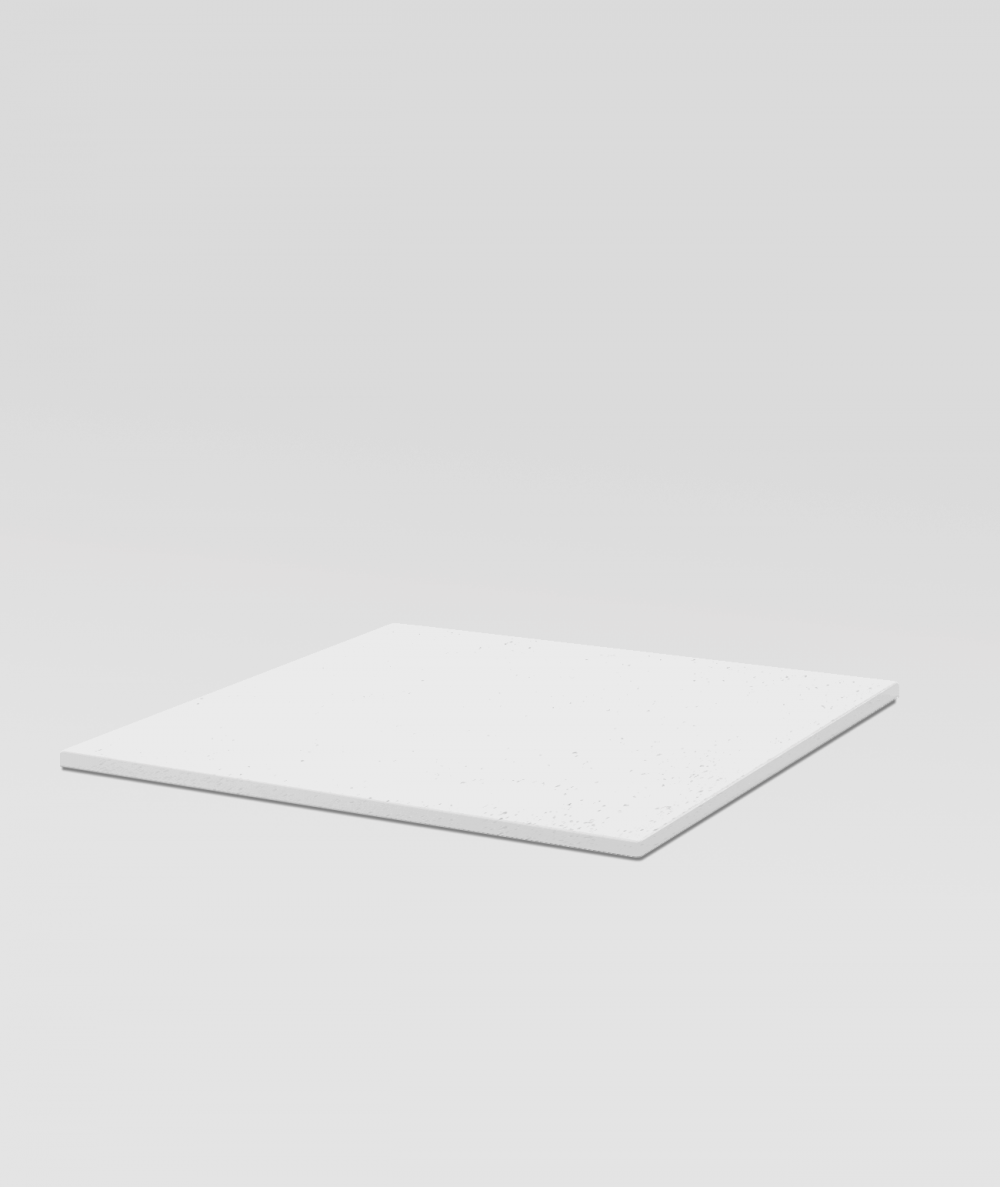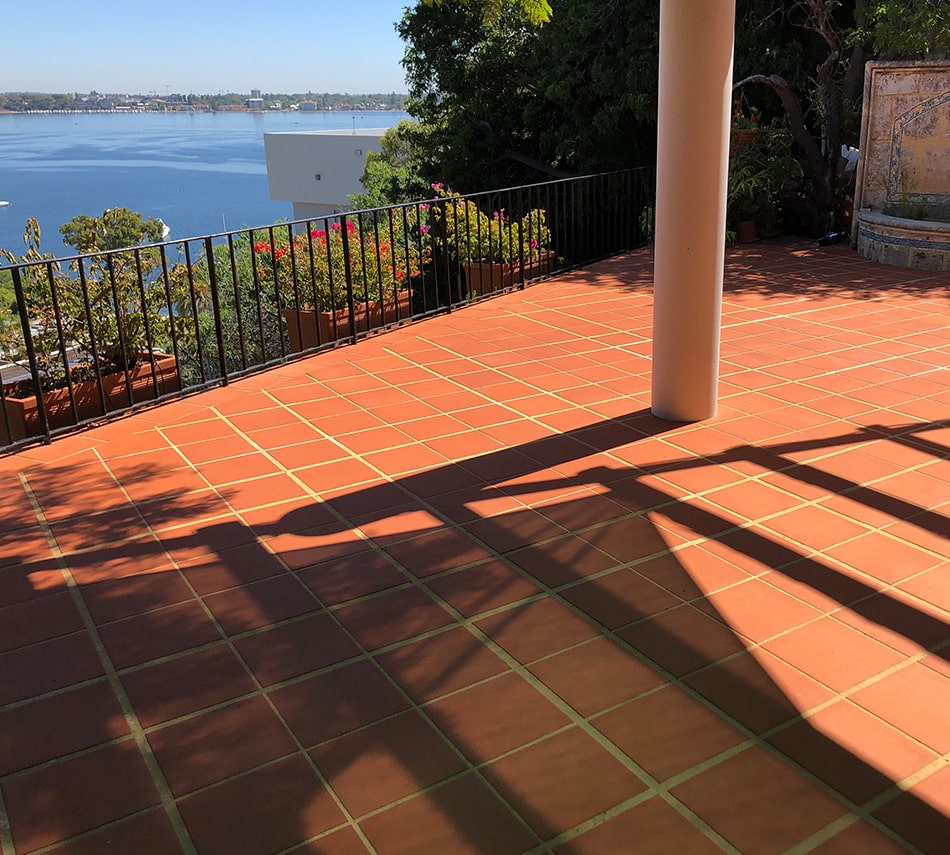
BIM Objects Free Download! Lightweight concrete block (490*245*195
Lightweight Concrete. Resilient flooring may be acceptable over lightweight aggregate concretes having dry densities greater than 90 lbs per cubic foot and cellular concretes having plastic (wet) densities over l00 lbs per cubic foot (94 lbs dry weight), providing the surface is troweled to a smooth, even finish. This is a minimum requirement.

Floor Concrete Reinforcement At Warehouse Construction Site Stock Photo
🕑 Reading time: 1 minute Lightweight concrete floor provides more efficient strength-to-weight ratio in concrete floor systems when compared to other conventional concrete floor systems. The reduced quantity of concrete and steel reinforcement offsets the marginally higher cost of lightweight concrete floor systems. These floors are constructed for different purposes but the reduction of.

70 Smooth Concrete Floor Ideas For Interior Home (28)
Structural Lightweight Concrete (SLWC) - This concrete has a density range of 800 kg/m³ (50 lb/ft³) to 1850 kg/m³ (115 lb/ft³). The compressive strength of this concrete ranges between 17 MPa (2,500 psi) to 34 MPa (5,000 psi) or higher. Builders use this lightweight concrete for structural applications. This concrete provides a balance.

The Best Way To Level A Concrete Floor For Laminate Flooring (Must Read!)
T-SLAB ® is an all-new, patented precast concrete slab system that leverages the time-tested principles of Roman arch design and multiple concrete types to deliver a stronger, lighter, and more versatile slab. This groundbreaking product was designed to deliver all the advantages of concrete and the industry's most effective building materials in a single, cost-effective, and 100% precast.

Lightweight Block Concrete Construction Magazine
Structural lightweight concrete has strengths comparable to normal weight concrete, yet is typically 25% to 35% lighter. Structural lightweight concrete offers design flexibility and substantial cost savings by providing less dead load, improved seismic structural response, longer spans, better fire ratings, thinner sections, decreased story.

Brown and White Concrete Floor · Free Stock Photo
🕑 Reading time: 1 minute What is Lightweight Concrete? Lightweight concrete mixture is made with a lightweight coarse aggregate and sometimes a portion or entire fine aggregates may be lightweight instead of normal aggregates. Structural lightweight concrete has an in-place density (unit weight) on the order of 90 to 115 lb / ft³ (1440 to 1840 kg/m³). […]

Gray Concrete Floor · Free Stock Photo
Lightweight concrete is a mixture made with lightweight coarse aggregates such as shale, clay, or slate, which give it its characteristic low density. Structural lightweight concrete has an in-place density of 90 to 115 lb/ft³, whereas the density of regular weight concrete ranges from 140 to 150 lb/ft³. This makes lightweight concrete ideal.

Lite Weight Concrete Home
concrete beams centered on 10 ft (3.0 m). The lightweight concrete floor system was selected to minimize the dead weight and to achieve the required 3 hour fire rating (Fig. 9.3 and Table 9.1). Figure 9.3. Bank of America, Charlotte, N.C. (from Holm and Bremner 1994, with permission of Edward Arnold Publishers, London).

VT (BS snow white) concrete floor/terrace slab
What are the benefits of Gypcrete or lightweight concrete? Why did we choose to use it in this application? Check out this video explaining more of the benef.

Polished Concrete Floors Perth Infinity Floor Restoration
air content. For UL fire rated lightweight concrete floor assemblies, entrained air contents are specified in the concrete property criteria. By definition, lightweight concrete is lighter than normalweight concrete. This is made possible by replacing heavy, ordinary aggregate with expanded shale, clay or slate lightweight aggregate, and by

Make your backyard or outdoor patio area feel like the MoMA, this
For the purposes of this article, we are considering only structural lightweight concrete: a mixture of portland cement, water, fine (sand) aggregates, and expanded clay, shale, or slate coarse aggregates. While normal-weight concrete mixes typically weigh 145 to 155 pcf, lightweight concrete typically weighs 110 to 115 pcf.

Lightweight Concrete System YouTube
A: (Schundler) Light-weight concrete is used regularly in building as well as restoring flat roof decks. As part of a complete system, perlite concrete can be feathered out to re-angle or fill low spots, but must be protected from the elements, i.e. water, ice and ultraviolet rays.

Thermal Insulation for Concrete Slab Floors
Benefits and Drawbacks of AAC. AAC is a great building material for various reasons: Increased strength due to internal curing. Improved durability. Decreased shrinkage cracking due to greater moisture retention. Reduced weight on structural elements. Superior fire resistance. Reduced time and cost of labor.

Concrete Filled Feet CNA Storage Garage Shelving Fencing Live
Advantages of Lightweight Concrete: It helps easy removal, transport, and erection of precast products due to a reduction in the weight of concrete. With respect to freezing and thawing, the lightweight concrete doesn't present special problems. As compared to the ordinary concrete its fire resistance is greater and to spall, this concrete.

Lightweight Concrete
Properties of lightweight concrete: - This cement is lighter because of ' fly ash ' as aggregate. - A massive amount of custom mixes from 1000 psi of soil cement to 50,000 psi of tower concrete. - There are concrete sailboats ( Ferrocement) and foam concrete canoe. - Different aggregates have different colours.

This light weight concrete is made from mixing cement and natural jute
Industry professionals now recognize structural lightweight concrete as a strong, low-density mixture of Portland cement, water, and various combinations of normal weight aggregates and lightweight aggregates. In such concrete, lightweight aggregate produced from shale, clay, or slate is heated to approximately 2000 degrees F in a rotary kiln.